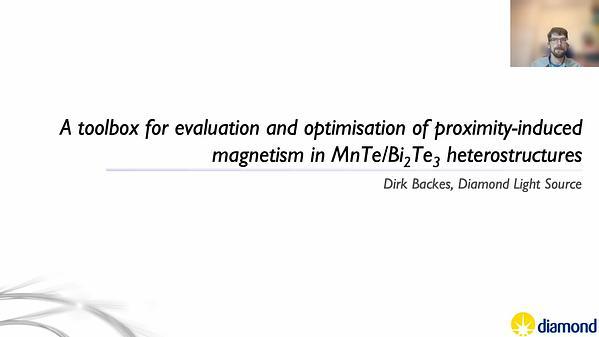Would you like to see your presentation here, made available to a global audience of researchers?
Add your own presentation or have us affordably record your next conference.
To obtain the magnetic properties of silicon steel in different directions, it is necessary to establish a magnetostrictive model related to the anisotropy of silicon steel. Studies on the magnetostrictive model based on the magnetic domain deflection can simulate the hysteresis magnetization of silicon steel in different magnetization directions 1, 2. But it did not consider the effect of stress. This paper proposed a hysteresis anisotropy-dependent magnetostriction model based on the free energy of silicon steel, which can consider stress-induced and magnetocrystalline anisotropy.
II Method and Discussion
Firstly, the two-dimensional free energy model of silicon steel, which includes magnetic field energy, magnetic crystal anisotropy energy and stress anisotropic energy, is incorporated into the anhysteretic magnetization parameter Man, which is coupled with the Jiles-Atherton model, as shown in Fig.1. Based on the two-dimensional free energy model and thermodynamic principle, the hysteresis anisotropy-dependent magnetostriction model of silicon steel is proposed. Then, to obtain the magnetic field and deformation parameters related to stress-induced and magnetocrystalline anisotropy, the magnetostrictive deformation curves of silicon steel at different magnetization directions are measured. Finally, based on the measured parameters of the proposed model, magnetostrictive loops with the magnetic field under varying magnetization directions are simulated. By comparing the measurement results with the simulation results, the effectiveness and accuracy of the proposed model are verified, as shown in Fig.2.
III Conclusion
In this paper, a hysteresis anisotropy-dependent magnetostriction model of silicon steel is proposed. The measured and simulated results show that the magnetostrictive strain decreases with the stress increases in a certain range. The magnetostrictive strain will be larger and anisotropy will be more obvious with the increase of magnetization direction under the same stress.
References:
1 A.P.S. Baghel, B. Sai Ram, K. Chwastek, et al. Hysteresis modelling of GO laminations for arbitrary in-plane directions taking into account the dynamics of orthogonal domain wallsJ. Journal of Magnetism and Magnetic Materials, 2016, 418:14-20.
2 S. Mbengue, N. Buiron, and V. Lanfranchi. Macroscopic modeling of anisotropic magnetostriction and magnetization in soft ferromagnetic materialsJ. Journal of Magnetism and Magnetic Materials, 2016, 404:74-78.

Fig.1 Flow chart of modeling magnetostriction property considering anisotropy

Fig.2 The hysteresis loops and magnetostrictive loops under different stress when the magnetization directions are 0°, 30° and 90°
